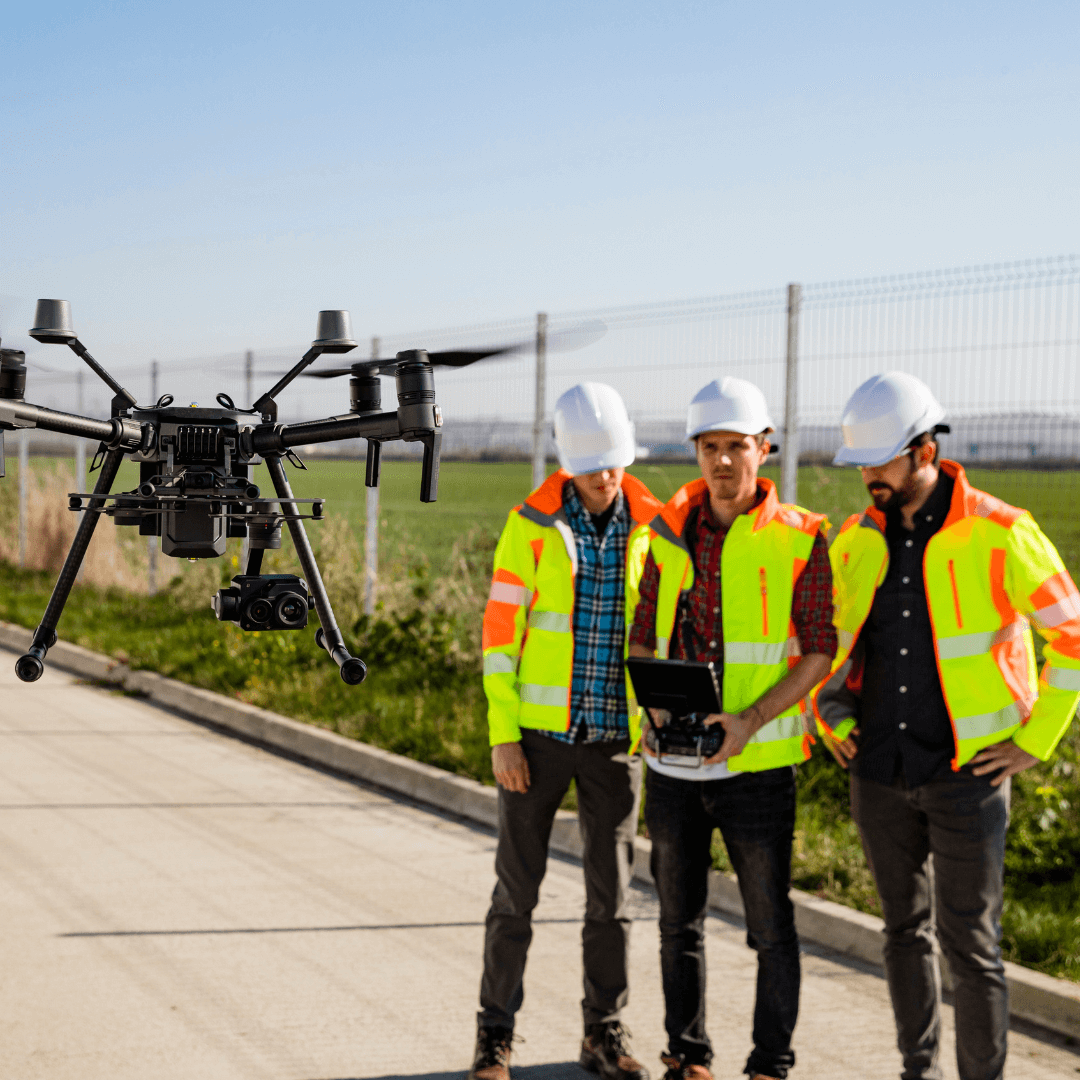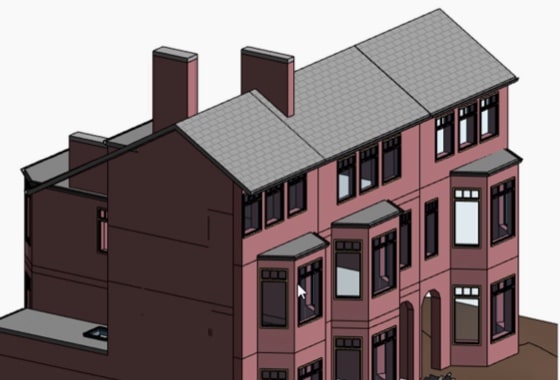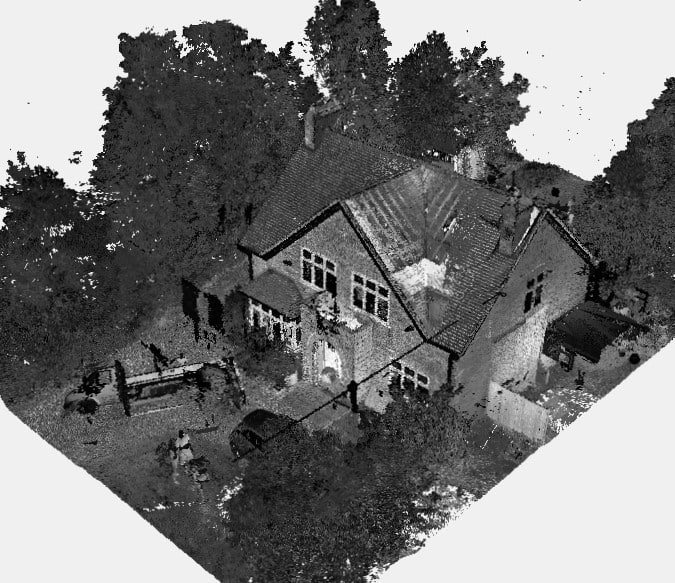We will survey all accessible floors in the property and provide plans showing all visible walls, windows, doors, spot height levels, ceiling/roof heights, window sill/head heights.
When it comes to surveys, technology has revolutionised the way we gather, analyse, and visualise spatial data collection. Two terms that often come up in discussions about modern surveying techniques are laser surveys and Lidar systems. While they may sound similar, they are fundamentally different in terms of technology, accuracy, and application. In this blog, we’ll break down the key differences between Lidar vs laser and explain why laser surveys are the gold standard for precision and reliability.
What is a Laser Survey?
A laser survey uses highly accurate 3D laser scanning tools to capture precise data about the physical environment. This technique is commonly used in topographical surveys, building measurements, and engineering projects where exact dimensions and contours are critical.
Laser surveys rely on specialised equipment, such as Total Stations or detailed 3D laser scanners for buildings, that emit laser pulses to measure distances, angles, and elevations. These measurements are then used to create high-resolution maps, point cloud models, or other visual representations of the surveyed area. XP Surveys specialises in this field, providing dependable results for a wide range of projects.

Advantages of Laser Surveys
- High Precision: Laser surveys are renowned for their extreme accuracy, often down to millimetres. This is especially critical in industries such as construction, where even small errors can have significant consequences.
- Reliability: Unlike some other methods, laser surveys are less prone to inaccuracies caused by environmental conditions such as poor lighting or weather.
- Versatility: Whether you’re surveying a small site or a vast terrain, highly accurate 3D laser scanning adapts to various scales and complexities.
- Professional-Grade Equipment: Conducted by trained professionals, laser surveys ensure that the data collected is both reliable and comprehensive.
What is Lidar?
Lidar, or light detection and ranging, is a remote sensing method that uses light in the form of pulsed lasers to measure distances. What makes Lidar systems unique is their ability to capture spatial data collection quickly and often with minimal equipment. In fact, many modern smartphones and drones come equipped with basic terrestrial Lidar scanners, making them accessible to a wide audience.
However, while Lidar scanning may be fast and convenient, it sacrifices accuracy for ease of use. Most consumer-grade Lidar tools, such as those found in phones, are not designed for professional surveying tasks. They lack the precision and reliability required for detailed mapping or structural analysis.
Advantages of Lidar
- Speed: Lidar tools are often faster to set up and can capture data in a short amount of time.
- Accessibility: With Lidar technology built into many smartphones and drones, it is easier than ever to perform basic scans.
- Good for General Use: For hobbyists or projects that don’t require high accuracy, Lidar scanning can be a convenient solution.
Key Differences Between Laser Surveys and Lidar
While both technologies involve the use of laser light, their capabilities and applications are quite different. Here are some of the main distinctions:
| Feature | Laser Survey | Lidar |
| Accuracy | Millimeter-level precision | Lower accuracy; prone to errors |
| Use Cases | Professional surveying, engineering | General scans, hobbyist projects |
| Speed | Moderate setup and scanning time | Faster scanning |
| Equipment | Specialised tools operated by experts | Available on consumer devices |
| Reliability | High, even in challenging conditions | Limited by environmental factors |
| Cost | Investment for professional results | More affordable, less precise |
Why Choose Laser Surveys Over Lidar?

When accuracy and reliability matter, laser surveys are a clear choice. XP Surveys has built its reputation on providing precise measurements and high-quality data to clients across various industries. Here’s why you should opt for laser surveys over Lidar scanning:
- Precision Matters: If your project involves construction, engineering, or any field where measurements need to be exact, a laser survey ensures you get it right the first time.
- Expertise Counts: Laser surveys are conducted by trained professionals using specialised equipment, ensuring that every detail is captured accurately.
- Comprehensive Data: Unlike Lidar, which may provide a basic scan, laser surveys offer detailed, actionable data that you can trust.
- Tailored Solutions: XP Surveys customises its laser survey services to meet the unique needs of each project, ensuring optimal results every time.
Common Applications of Laser Surveys
Laser surveys are used in a wide range of industries and projects, including:
- Topographical Surveys: Creating high-resolution maps of terrains and landscapes.
- Construction Surveys: Measuring land and structures to ensure building accuracy.
- Infrastructure Projects: Capturing precise spatial data collection for roads, bridges, and utility networks.
- Drone Surveys: Combining drones with laser technology for efficient large-scale surveys.
When is Lidar a Good Option?
While laser surveys are the preferred choice for professionals, Lidar systems can still be useful in certain scenarios. If you’re working on a project where speed and convenience are more important than precision—such as preliminary site scans or hobbyist mapping—Lidar may be sufficient. However, keep in mind that Lidar’s scanner vs laser survey’s accuracy makes it unsuitable for tasks requiring detailed accuracy.
Cost Analysis: Laser Surveys vs Lidar
When deciding between laser surveys and Lidar, it’s essential to consider not only the precision but also the cost. Laser surveys typically require a significant investment in professional-grade equipment and skilled surveyors, ensuring accuracy down to the millimetre. On the other hand, Lidar, especially the consumer-grade versions found in smartphones or drones, is more affordable, but it compromises the level of detail and reliability needed for professional projects. In general, for high-stakes projects such as construction or infrastructure, investing in laser surveys ensures that the results are both precise and dependable.
The XP Surveys Difference
At XP Surveys, we pride ourselves on delivering top-notch laser survey services tailored to your project’s needs. Our experienced team uses the latest technology to ensure that every measurement is precise, reliable, and actionable. Whether you’re planning a construction project, mapping out a site, or conducting a topographical survey, you can trust XP Surveys to provide results that exceed expectations.
Get in Touch
Ready to take your project to the next level? Contact us today to learn more about our laser survey services and how we can help you achieve your goals. Let us provide you with the accuracy and reliability your project deserves.
By understanding the key differences between 3D scanning vs traditional surveying methods, you can make informed decisions about which technology is right for your needs. With XP Surveys by your side, you can be confident in the quality and precision of your survey data.











